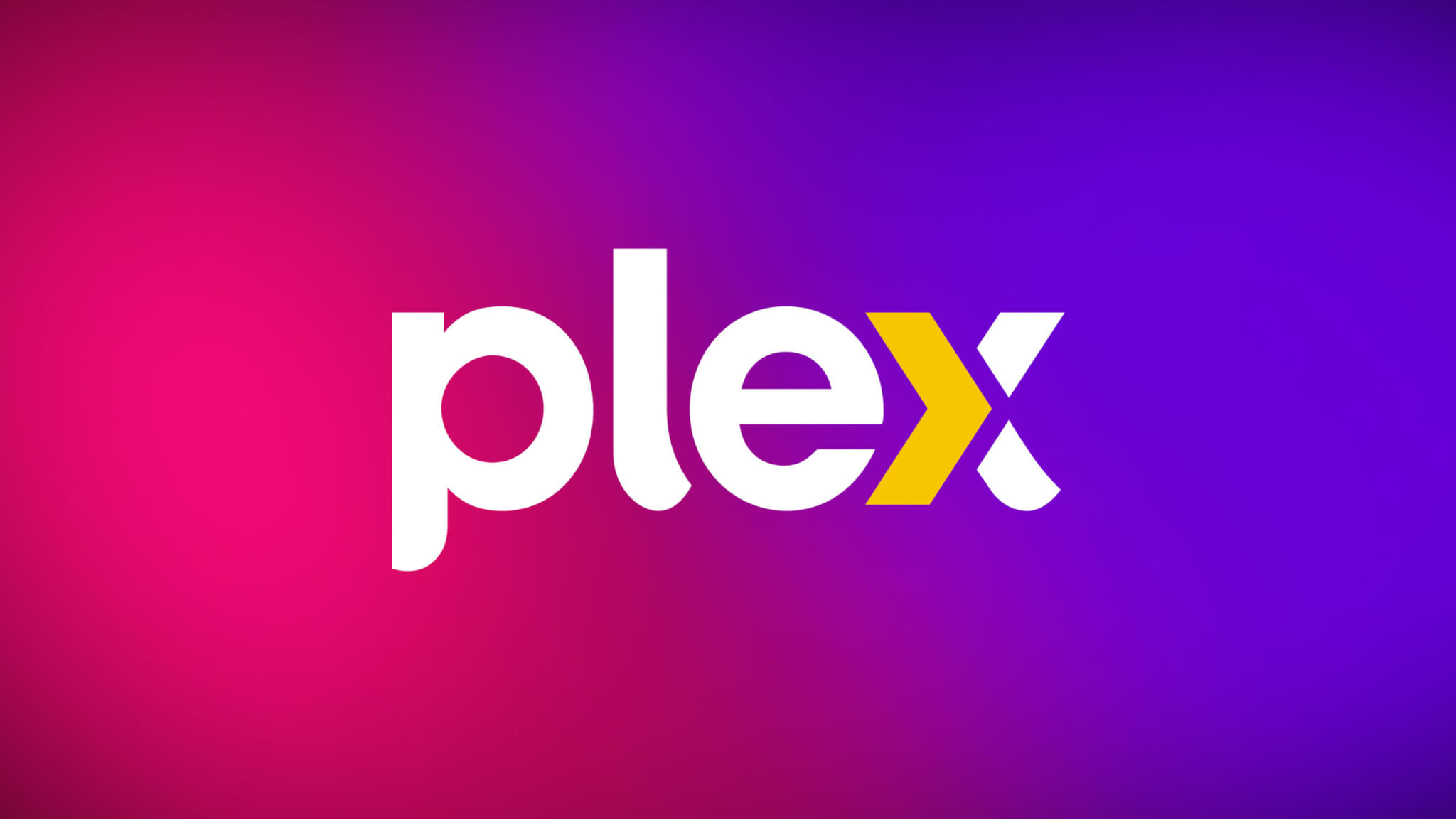- cross-posted to:
- [email protected]
- [email protected]
- cross-posted to:
- [email protected]
- [email protected]
We are also changing how remote playback works for streaming personal media (that is, playback when not on the same local network as the server). The reality is that we need more resources to continue putting forth the best personal media experience, and as a result, we will no longer offer remote playback as a free feature. This—alongside the new Plex Pass pricing—will help provide those resources. This change will apply to the future release of our new Plex experience for mobile and other platforms.



I’m surprised by the resistance to Jellyfin in this thread. If you are using Plex, you’re already savvy enough to use bittorrent and probably the *arrs. If you can configure that stuff, Jellyfin is absolutely something you can handle. If you like Docker, there’s good projects out there. If you’re like me and you don’t understand Docker, use Swizzin community edition. If you can install Ubuntu or Debian, and run the Swizzin script, you’re in business.
The big thing for me with plex is user management. I am absolutely knowledgeable enough to set up jellyfin, but i dont want to deal with user management. Plex makes it easy, i tell them to make their own account and i just share my library. i dont have to reset passwords, they can do that themselves. However, it’s getting to the point where i will probably just switch to jellyfin and deal with it because of how bad plex is getting.
Me too. Docker isn’t hard if you use a compose file. It’s easy to read syntax.
Linux server.io has great documentation for their images.
I have Jellyfin and Plex running from the same virtual machine pointing at the same media. If it wasn’t for the one crappy TV I have in my house with no Jellyfin client, Plex would be gone.
Plex is trivial to set up, most plex users I know actually don’t even use the arrs. They just host a drive someone gave them or they have an account already to access other people’s servers. Anyone can do it with a short list of instructions in minutes that mostly consist of “download app, make account, point to your media.”
I just setup jellyfin and it totally is the same. Install. Point it to a media folder. Setup port forwarding.
deleted by creator
That ease of outside LAN access poses a big risk tho. Plex can and eventually probably will share, be forced to share, get hacked etc Those cloud accounts imply the possibility of very detailed reports about who’s streaming what, when, where, from which source…
If you are someone on this community or is just generally tech savvy enough to host Jellyfin you should. I don’t advocate for plex for people who don’t need it. But a lot of people are not knowledgeable enough for Jellyfin or are just nervous about it
I think I represent a huge portion of Plex users; I am tech savvy enough to follow a simple walkthrough on YouTube to get my server setup. But the arrs, jellyfin, and docker both look like graduate level chemistry to me.
Plex has been around for ages and they have put money into making things easier for users like me to understand with events such as Pro Week and directly paying content creators to dumb things down for me.
I’ve got to admit that I’ve never used Plex (I’m a cantankerous open software fanatic), but how do you get your media on there? You’re hosting your own server so presumably you’re downloading the media somehow. Are you doing it manually? If so, you can do the same with Jellyfin. Is it automated with some tool built into Plex?
I’m ripping it with makemkv, actually. I have a fairly large blu ray collection that is slowly going onto my DAS.